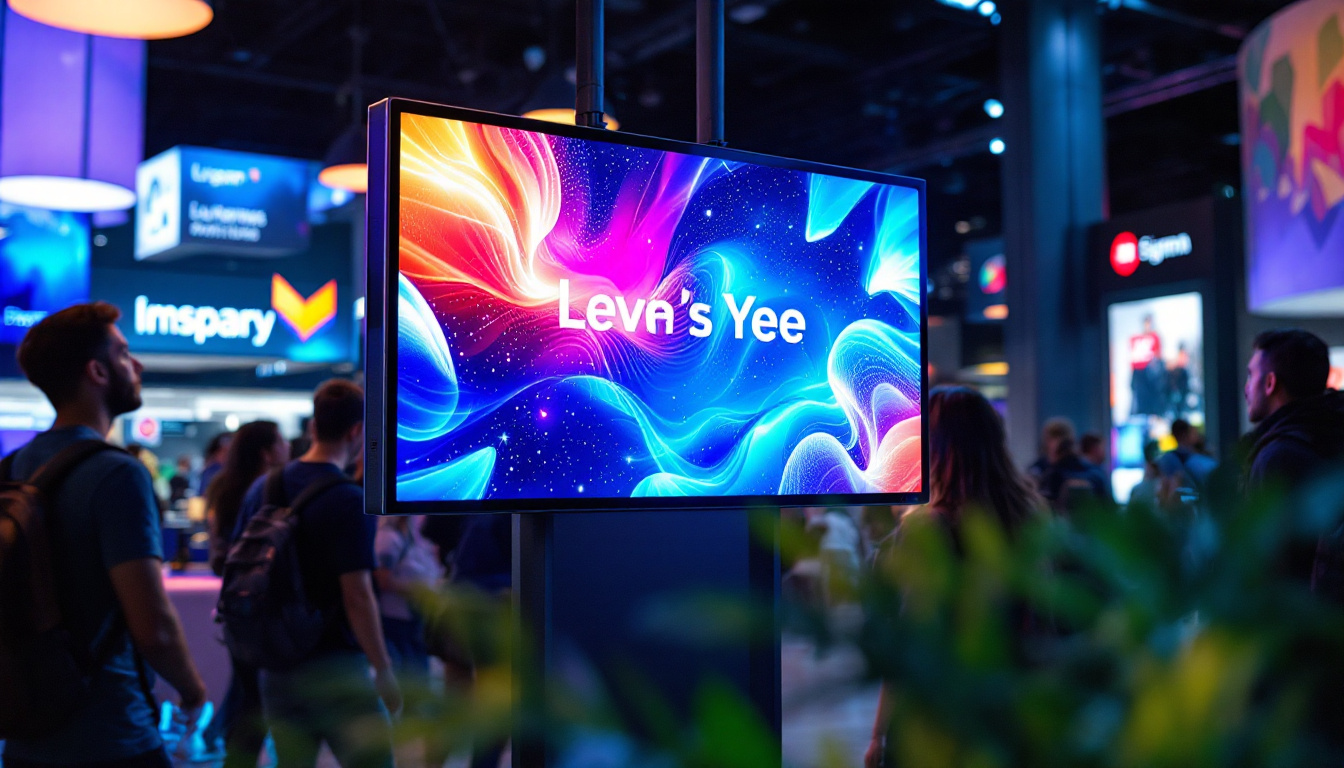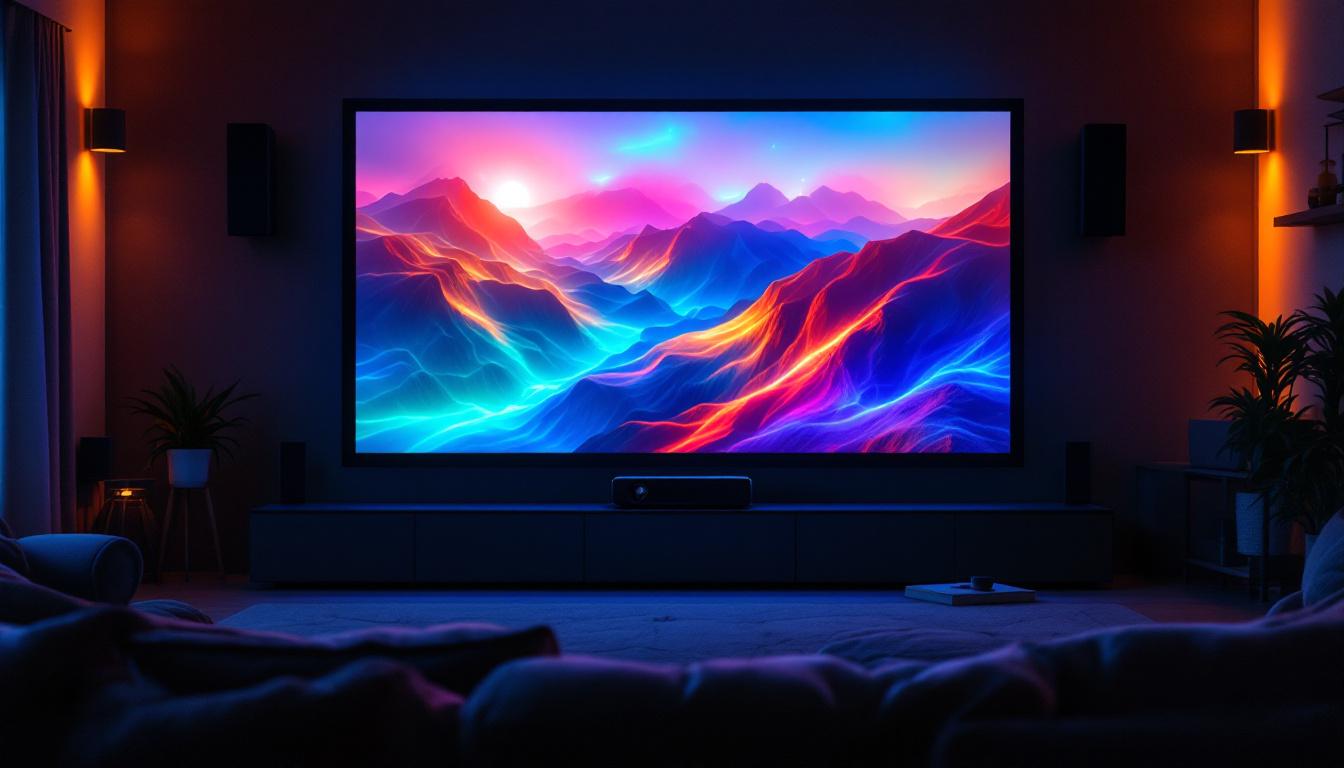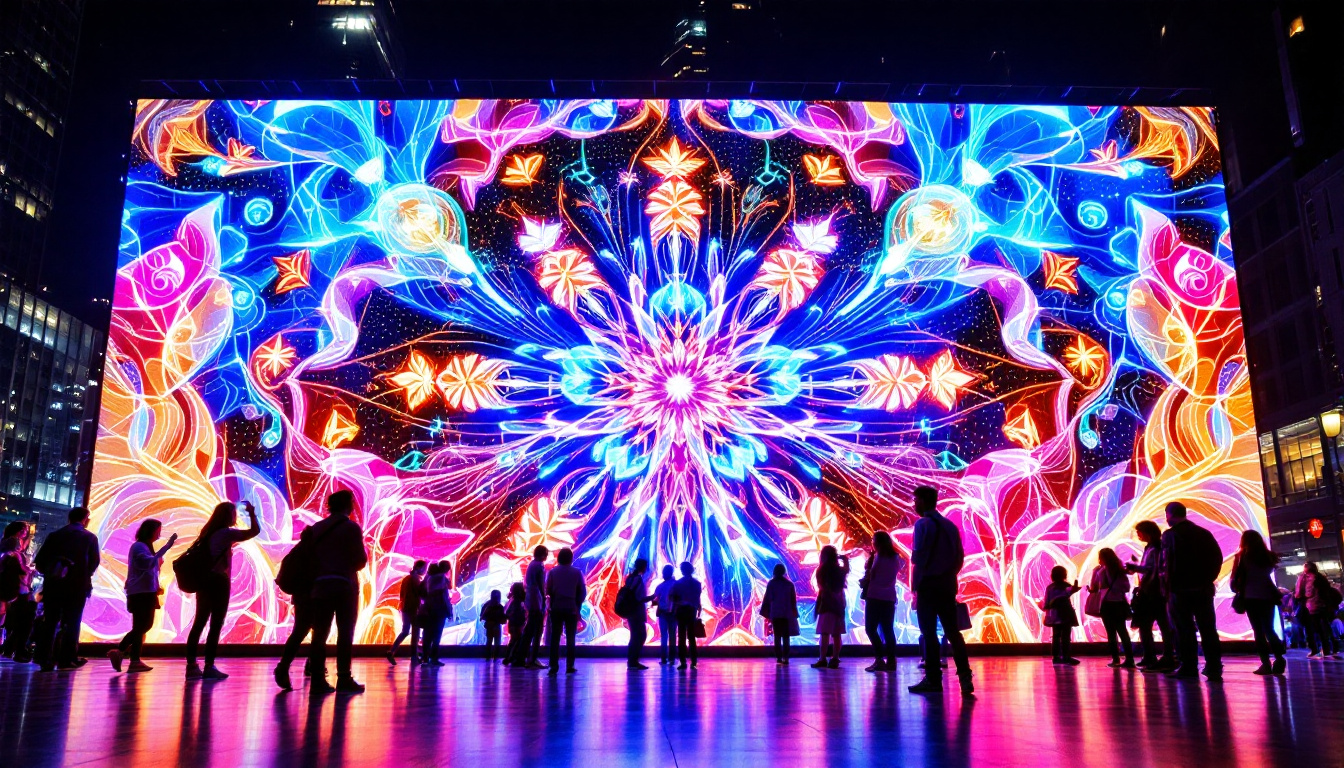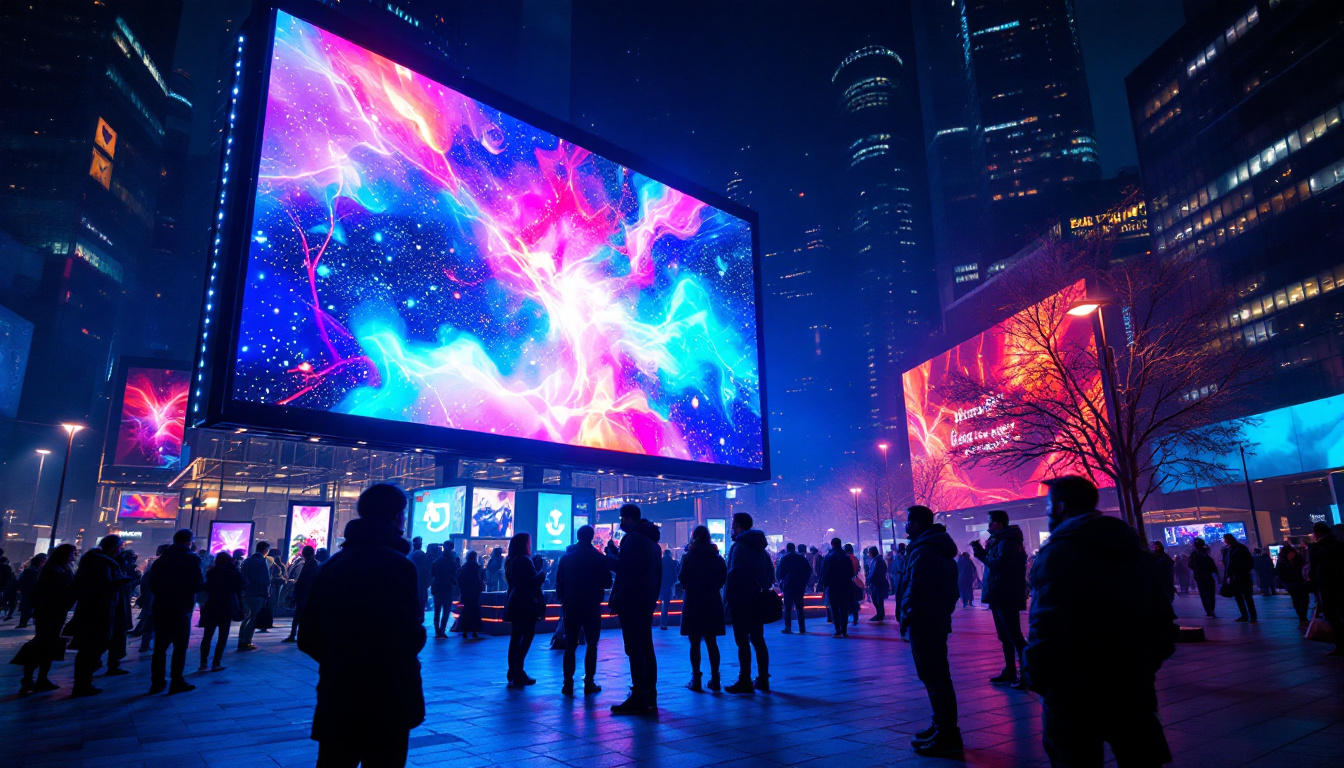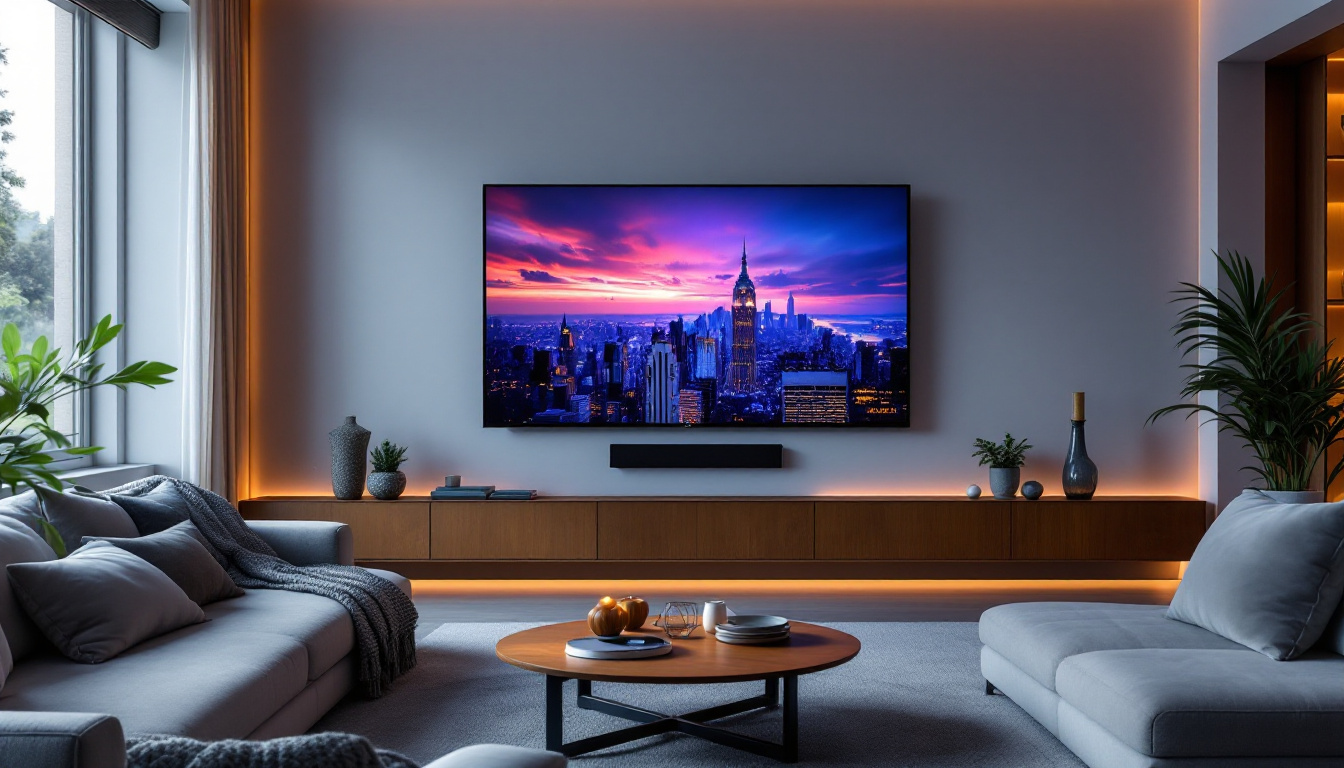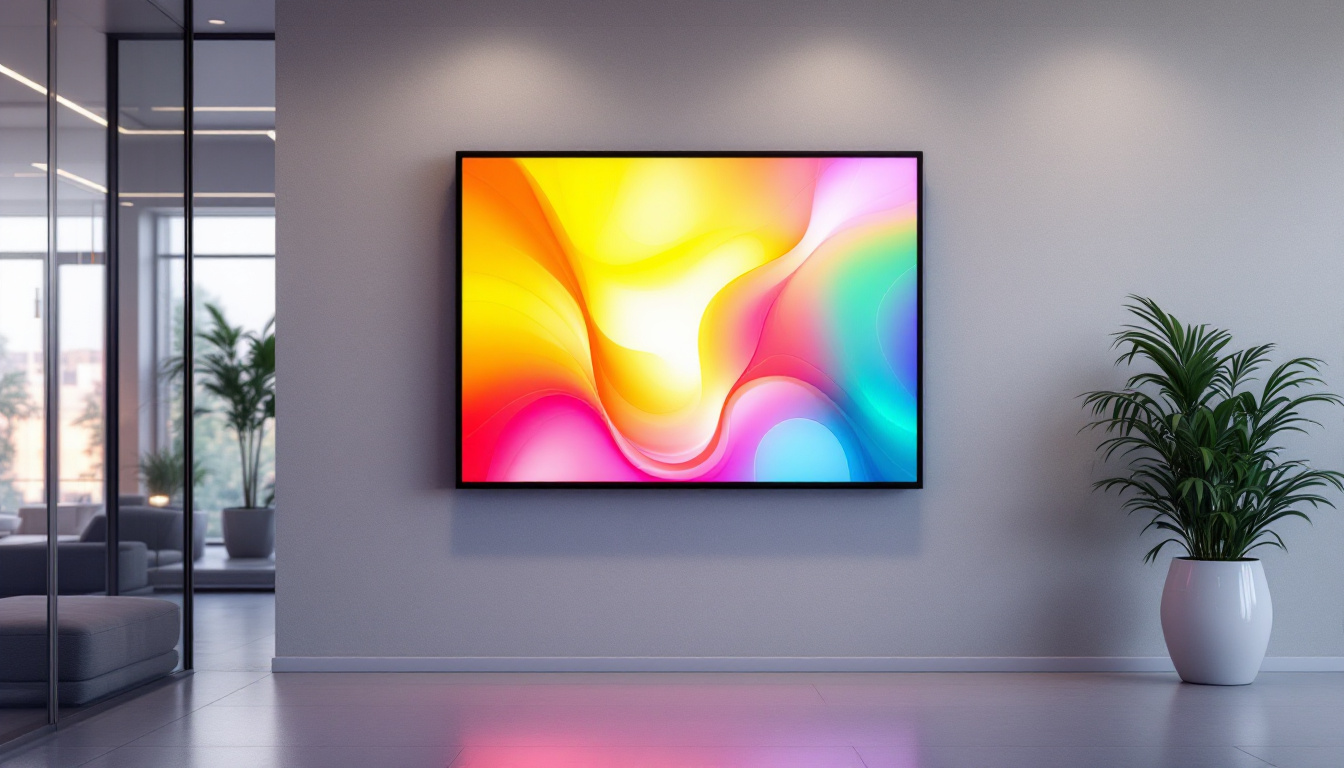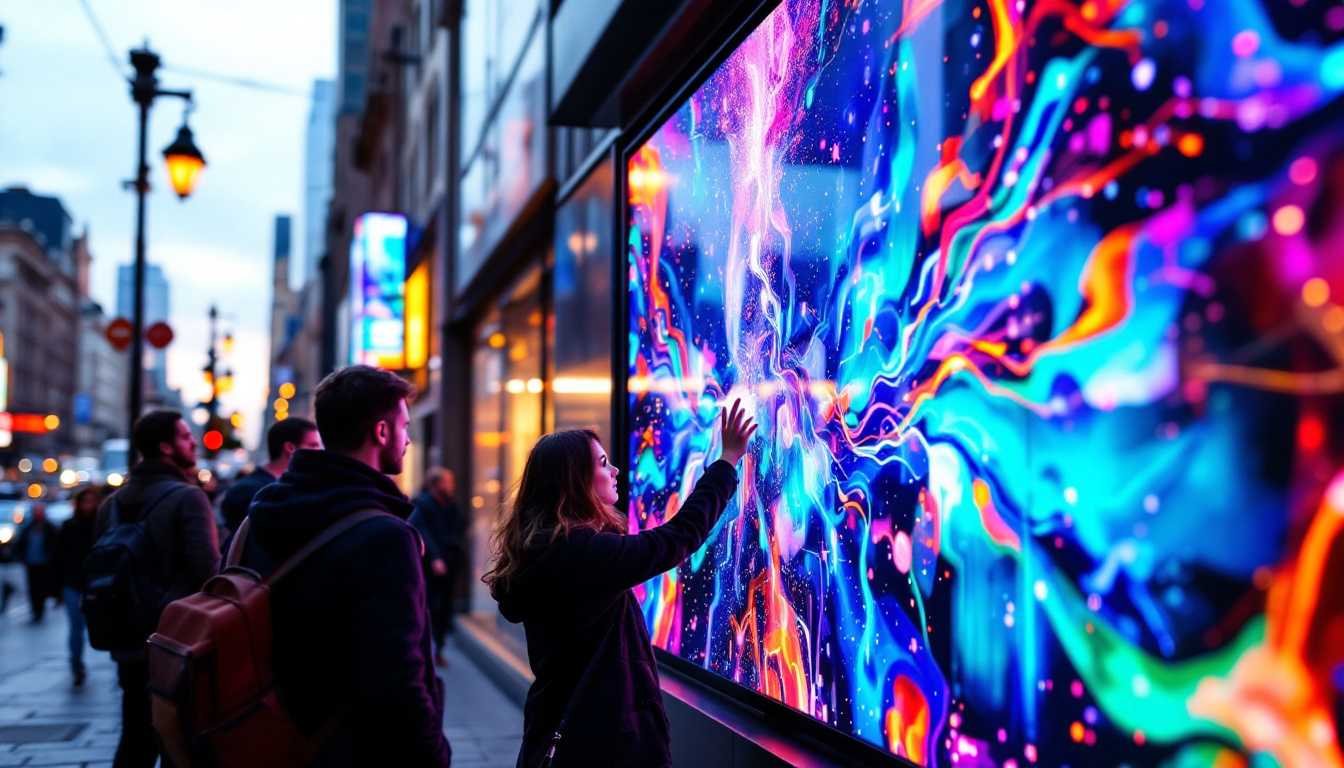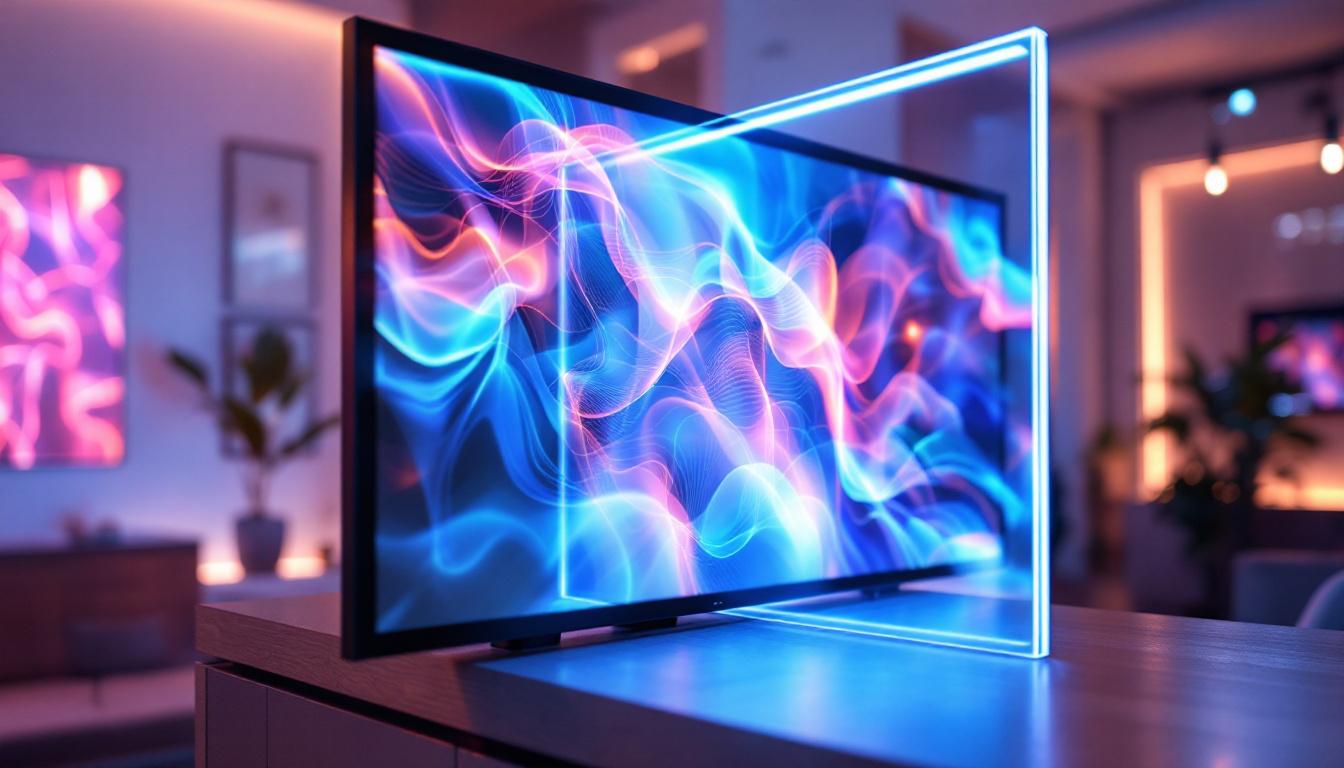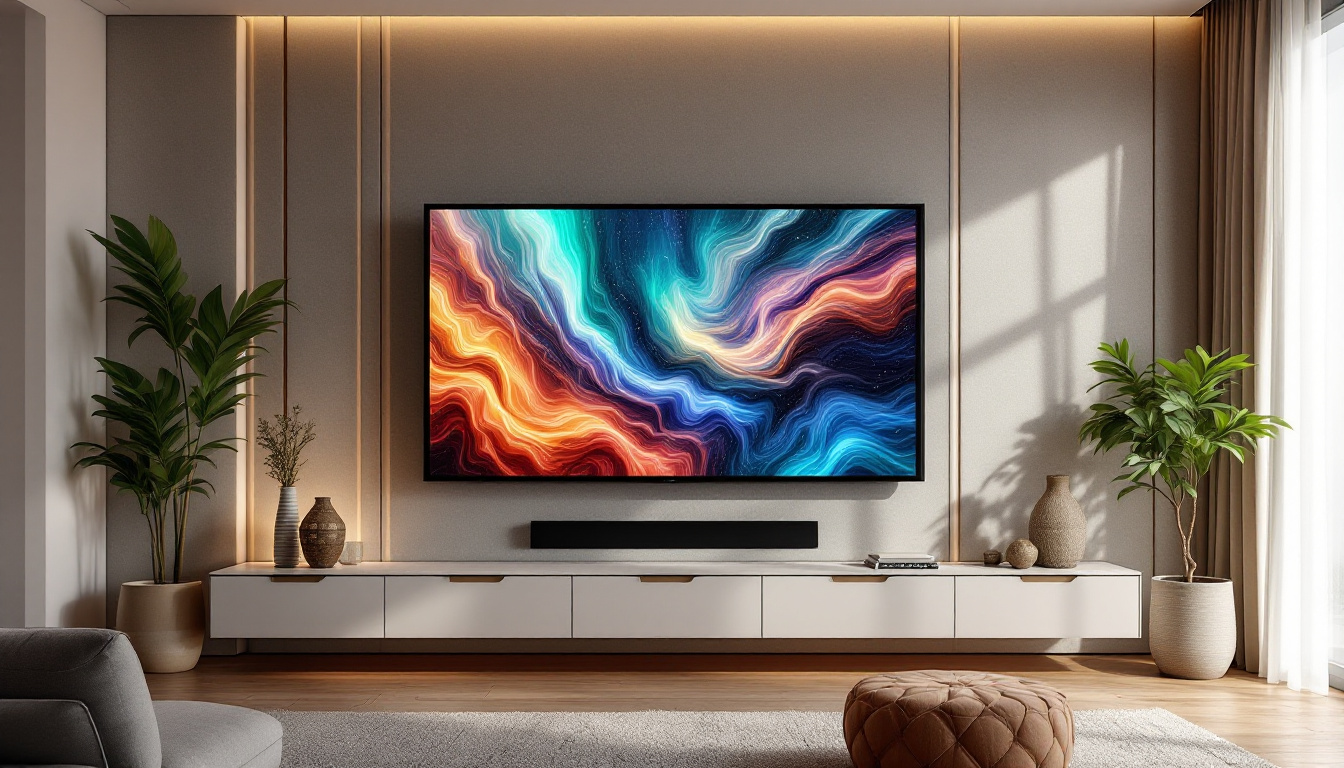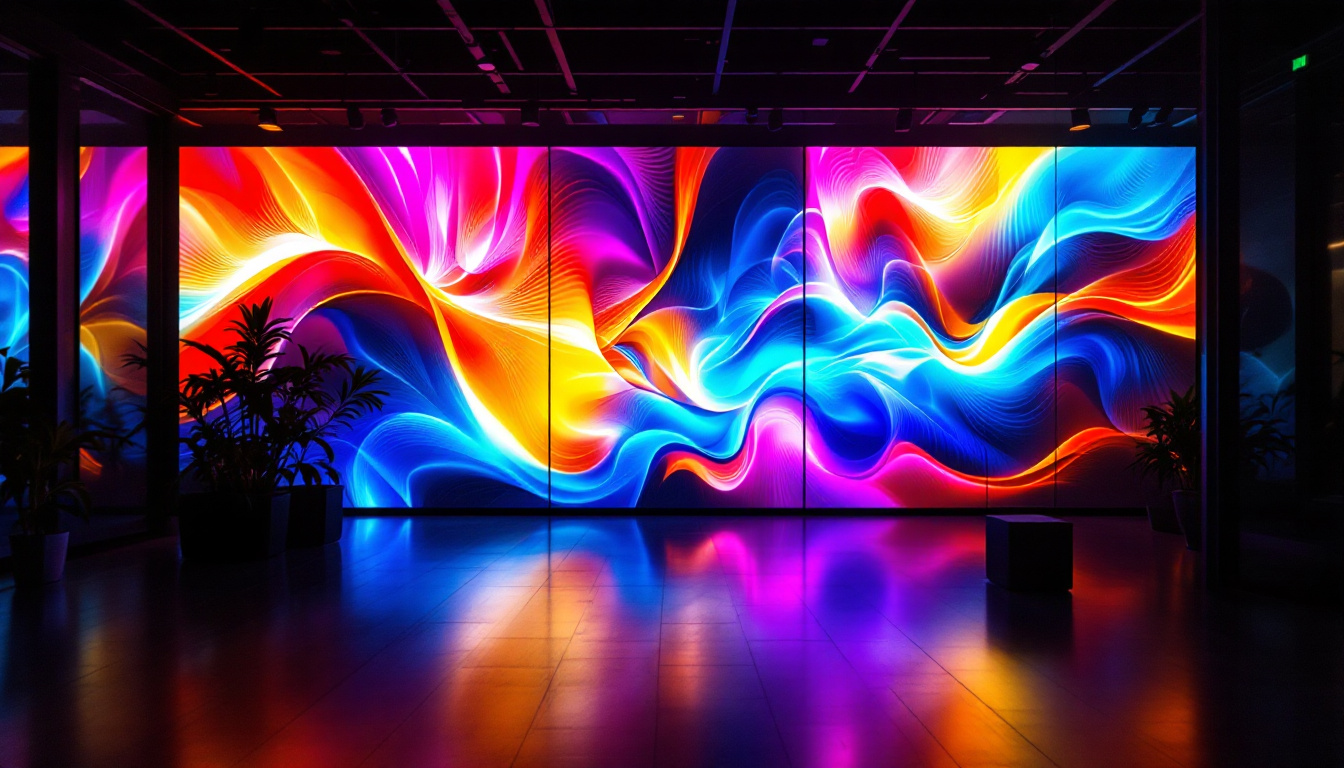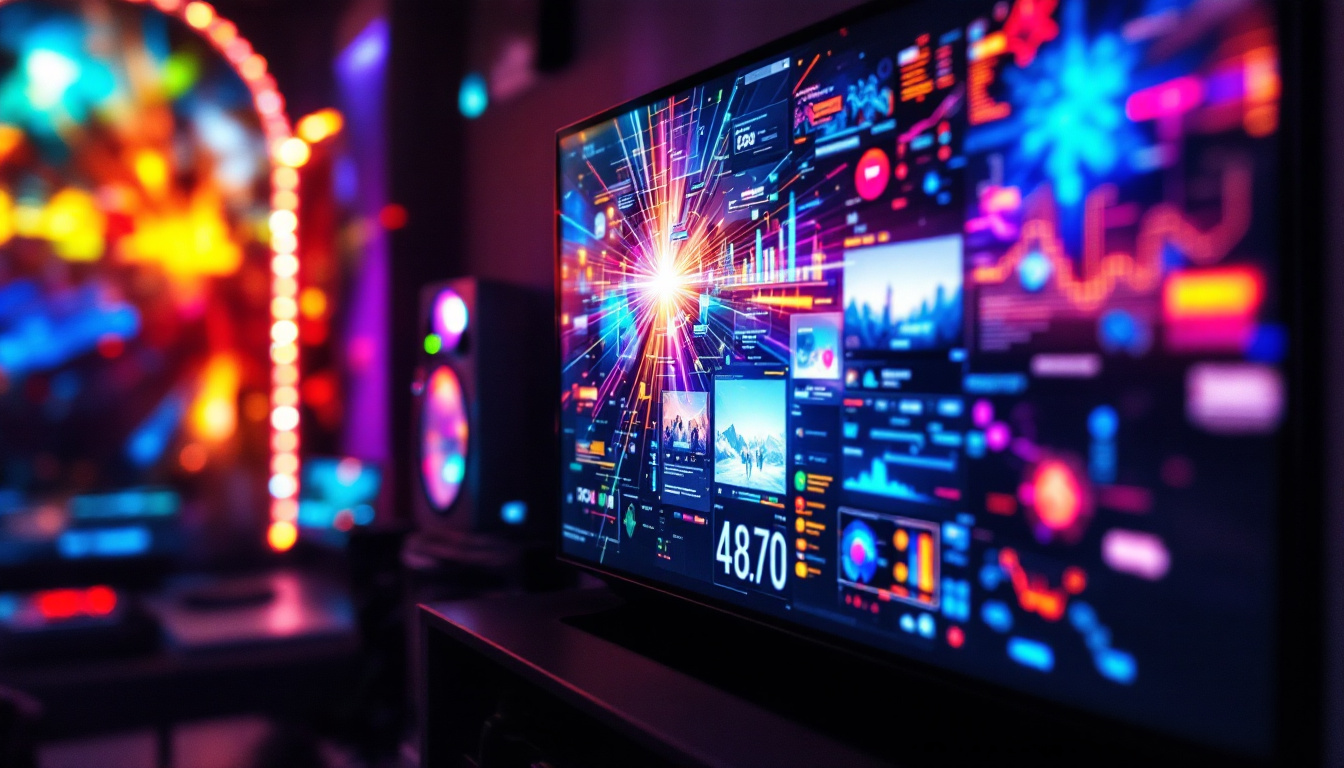In today’s fast-paced digital world, video systems with touch screens have become an integral part of various industries. From retail to education and corporate environments, these systems offer a unique blend of interactivity and visual appeal. One of the key technologies driving this innovation is LED display technology. This article delves into the intricacies of video systems with touch screens, focusing on LED displays and their applications.
Understanding LED Display Technology
Light Emitting Diode (LED) displays are a type of flat panel display that uses LEDs as pixels for video display. They are known for their brightness, energy efficiency, and ability to produce vibrant colors. The technology has evolved significantly over the years, making LED displays a popular choice for various applications. From large outdoor billboards to small smartphone screens, LED technology has permeated our daily lives, enhancing the way we consume visual content.
How LED Displays Work
LED displays work by using an array of tiny light-emitting diodes to create images. These diodes emit light when an electric current passes through them. In a typical LED display, red, green, and blue (RGB) diodes are combined to produce a full spectrum of colors. This RGB color model allows for the creation of high-definition images and videos, making LED displays ideal for dynamic content. The precision in color mixing and the rapid response time of LEDs contribute to their ability to display fast-moving images without blurring, which is particularly important in applications such as sports broadcasting and gaming.
There are two main types of LED displays: direct-view and backlit. Direct-view LED displays consist of individual LEDs that form the image directly, while backlit LED displays use a liquid crystal display (LCD) panel illuminated by LEDs from behind. Both types have their advantages and are chosen based on specific use cases. For instance, direct-view LED displays are often preferred for large outdoor advertising due to their exceptional brightness and visibility in daylight, while backlit displays are commonly used in televisions and computer monitors for their ability to produce high-quality images with good contrast ratios.
Advantages of LED Displays
LED displays offer several advantages over traditional display technologies. Firstly, they are remarkably energy-efficient, consuming less power while providing superior brightness. This efficiency leads to lower operational costs, making them an attractive option for businesses. Moreover, the ability to dim or brighten individual LEDs allows for better control over energy consumption, further enhancing their eco-friendly credentials and making them a sustainable choice for the environment.
Secondly, LED displays have a longer lifespan compared to other technologies, such as LCDs or projectors. They can last up to 100,000 hours, reducing the need for frequent replacements and maintenance. Additionally, LED displays are more durable and can withstand harsh environmental conditions, making them suitable for both indoor and outdoor applications. Their resilience against temperature fluctuations, humidity, and physical impacts makes them ideal for use in a variety of settings, from bustling city streets to remote outdoor events. Furthermore, the modular design of many LED displays allows for easy repairs and upgrades, ensuring that they can adapt to evolving technological standards and user needs without requiring complete replacements. This adaptability is a key factor in their growing popularity across multiple industries, including retail, entertainment, and transportation.
Touch Screen Technology in Video Systems
Touch screen technology has revolutionized the way users interact with video systems. By allowing direct manipulation of content, touch screens enhance user engagement and create more intuitive experiences. This section explores the different types of touch screen technologies and their applications in video systems.
Types of Touch Screen Technologies
There are several types of touch screen technologies, each with its unique characteristics. The most common types include resistive, capacitive, and infrared touch screens.
Resistive touch screens consist of two flexible layers separated by a small gap. When pressure is applied to the screen, the layers touch, registering the input. This technology is cost-effective and works well with gloved hands or styluses, making it suitable for various environments. Additionally, resistive screens are often more resilient to scratches and can be used in rugged settings, such as industrial applications where durability is paramount.
Capacitive touch screens, on the other hand, use the electrical properties of the human body to detect touch. They are more responsive and support multi-touch gestures, allowing for a more fluid user experience. Capacitive screens are commonly found in smartphones and tablets. Their ability to recognize multiple points of contact simultaneously opens up a range of possibilities for applications, such as gaming and graphic design, where complex gestures can enhance functionality and creativity.
Infrared touch screens utilize a grid of infrared light beams across the screen. When an object interrupts the beams, the system registers the touch. This technology is durable and can be used in various lighting conditions, making it ideal for outdoor displays. Infrared touch screens are also less prone to wear and tear since they do not rely on physical pressure, which can lead to a longer lifespan and lower maintenance costs over time.
Applications of Touch Screen Video Systems
Touch screen video systems are widely used across different sectors. In retail, they serve as interactive kiosks that allow customers to browse products, access information, and make purchases. This interactivity enhances the shopping experience and can lead to increased sales. Moreover, retailers can gather valuable data on customer preferences and behaviors through these systems, enabling them to tailor marketing strategies and improve inventory management.
In education, touch screen video systems facilitate interactive learning. Teachers can use them to display multimedia content, engage students in discussions, and encourage collaboration. This technology fosters a more dynamic learning environment, making education more accessible and enjoyable. Furthermore, the integration of touch screens in classrooms supports diverse learning styles, allowing visual, auditory, and kinesthetic learners to thrive through interactive lessons and hands-on activities.
Corporate environments also benefit from touch screen video systems. They are used in conference rooms for presentations, allowing participants to interact with content in real-time. This interactivity can improve communication and collaboration among team members. Additionally, touch screen systems can streamline workflows by integrating with project management tools and video conferencing applications, making it easier for teams to share ideas and make decisions efficiently. The ability to annotate directly on presentations or documents during meetings can also enhance clarity and engagement.
Integrating LED Displays with Touch Screen Technology
The integration of LED displays with touch screen technology creates powerful video systems that enhance user interaction. This combination allows for the delivery of vibrant visuals alongside intuitive control, making it an ideal solution for various applications.
Benefits of Integration
Combining LED displays with touch screen technology offers numerous benefits. One of the primary advantages is the ability to create immersive experiences. Users can engage with high-quality visuals while interacting directly with the content, leading to deeper engagement and retention of information.
Moreover, this integration allows for real-time updates and interactivity. Businesses can display dynamic content, such as promotional videos or live feeds, while enabling users to interact with the information presented. This capability is particularly valuable in environments where timely information is crucial, such as in transportation hubs or event venues.
Challenges and Considerations
While the integration of LED displays and touch screen technology presents numerous advantages, it also comes with challenges. One significant consideration is the cost of implementation. High-quality LED displays and touch screens can require substantial investment, which may be a barrier for some organizations.
Additionally, ensuring durability and reliability is crucial, especially in high-traffic areas. Touch screens are susceptible to wear and tear, and maintaining their functionality over time is essential for user satisfaction. Regular maintenance and updates may be necessary to ensure optimal performance.
Future Trends in Video Systems with Touch Screens
The future of video systems with touch screens is promising, with several trends emerging that are likely to shape the industry. As technology continues to evolve, these trends will enhance user experiences and expand the applications of these systems.
Advancements in Display Technology
One of the most notable trends is the continuous advancement in display technology. Innovations such as MicroLED and OLED displays are gaining traction, offering even better color accuracy, contrast ratios, and energy efficiency. These technologies could further enhance the visual quality of touch screen video systems, making them more appealing to users.
As display technology improves, the size and form factor of video systems will also evolve. Ultra-thin and flexible displays are becoming more common, allowing for innovative designs and applications. This trend could lead to the development of new interactive surfaces, such as walls or furniture that incorporate touch screen capabilities.
Enhanced Interactivity and AI Integration
Another trend is the integration of artificial intelligence (AI) into touch screen video systems. AI can enhance interactivity by enabling voice recognition, gesture control, and personalized content delivery. This level of interactivity can create a more engaging user experience and streamline interactions.
Furthermore, AI can analyze user behavior and preferences, allowing businesses to tailor their offerings to meet specific needs. This personalized approach can lead to higher customer satisfaction and loyalty.
Conclusion
Video systems with touch screens, powered by LED display technology, are transforming the way individuals and organizations interact with digital content. The combination of vibrant visuals and intuitive touch controls creates immersive experiences that enhance engagement across various sectors.
As technology continues to advance, the potential applications for these systems will only expand. By staying informed about the latest trends and developments, businesses can leverage these innovations to improve their operations and create memorable experiences for their customers.
In summary, the integration of LED displays and touch screen technology represents a significant leap forward in video systems, offering unparalleled opportunities for interactivity and engagement. As this technology continues to evolve, it will undoubtedly play a critical role in shaping the future of digital communication.
Discover LumenMatrix’s Innovative LED Display Solutions
Ready to elevate your digital interactions and captivate your audience with the latest in LED display technology? Look no further than LumenMatrix. As a pioneer in the field, we offer a wide range of LED display modules designed to transform your brand’s visibility and create immersive visual experiences. From Indoor and Outdoor LED Wall Displays to specialized solutions like Vehicle, Sports, and Floor LED Displays, our products are crafted to revolutionize visual communication. Embrace the future with our Custom, All-in-One, and Transparent LED Displays, and see how our commitment to innovation can empower your business to communicate with impact. Check out LumenMatrix LED Display Solutions today and join the forefront of digital engagement.






